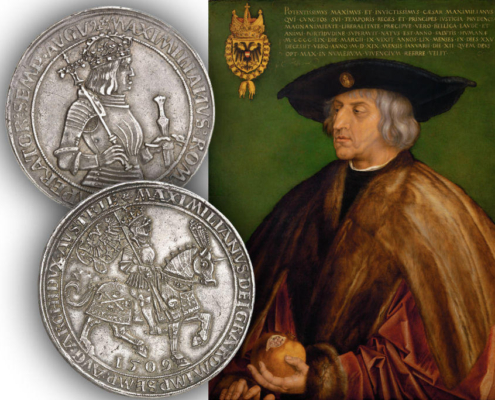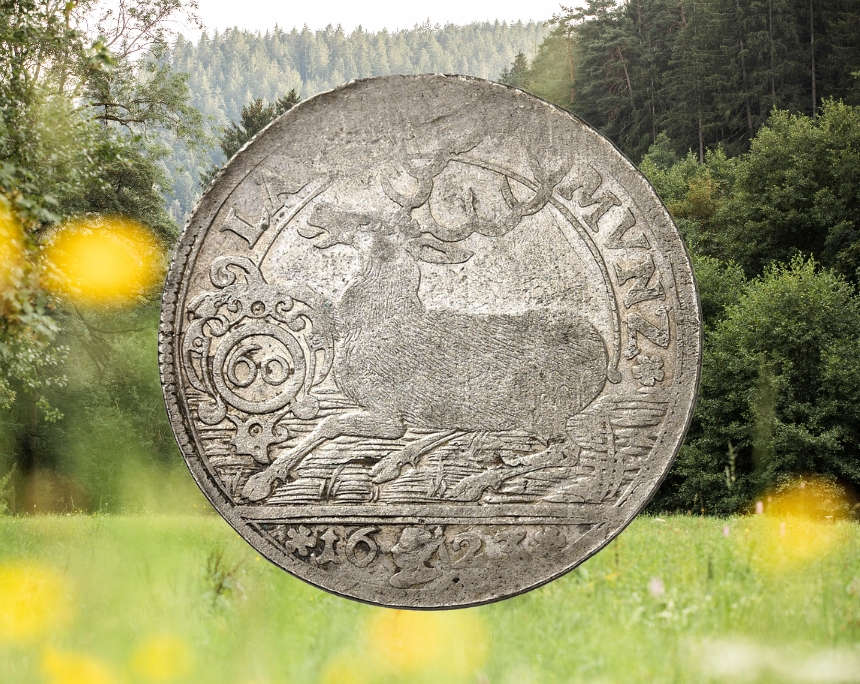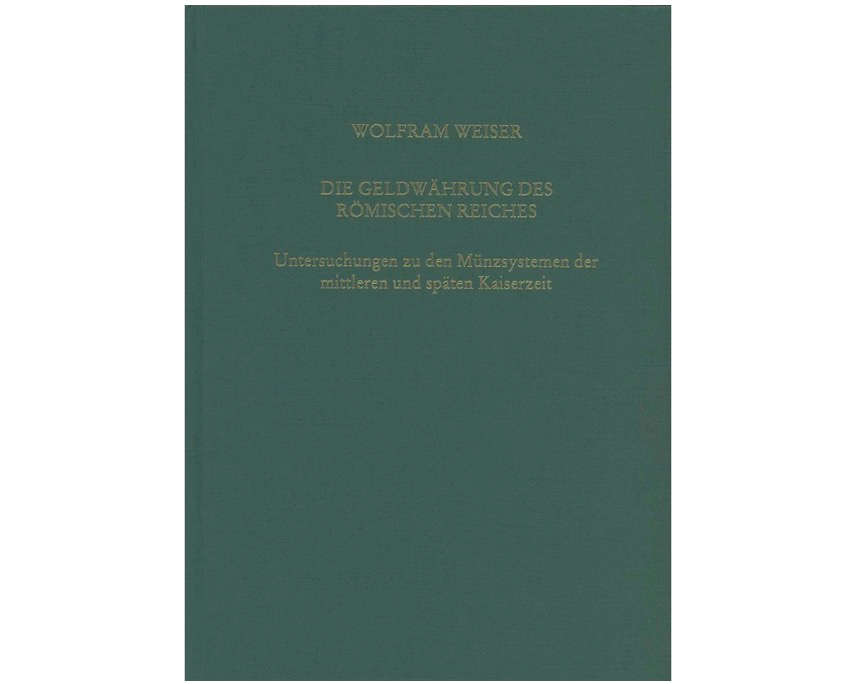1/2 Reichstaler 1621,
under Wilhelm V of Hesse-Kassel as administrator.
Condition: ef+


city of Besançon,
3 Pistols 1666 with title Charles V.
Condition: CH UNC

Bavaria, Chaise d'or (imperial shield)
1328-1347 under Emperor Louis IV.
Condition: ef

Reichstaler 1654-1668
under Count Guidobald von Thun.
Condition: vf-ef

Solidus (491-518)
under Anastasius the righteous.
Condition: vf-ef

Archive: People and Markets
Tradition Meets Craftsmanship: Coin Minting as a Highlight of the Garden Show
When the Garden Show in Freudenstadt and Baiersbronn opens its doors in May, visitors can look forward to a special experience: a historical minting station, where they can create their own commemorative medals by hand.
A Great Numismatist’s Important Book Published Posthumously
About a year after Wolfram Weisers death, his book on the currency of the Roman Empire has been published. Prof. Johannes Nollé has taken a closer look at this important German study.
Archive: Coins, Medals and more

Maximilian: The Last Knight and / or a Bankrupt
On 3 July 2025, Künker will auction the Hermann Wohnlich Collection presenting coins and medals from Tyrol. The offer includes an impressive ensemble of representative coins of Maximilian I, which are an excellent testament to his ability to cultivate his image. The effects of this can still be felt today.

Coins and Medals of the Popes: Representatives of the Catholic Church
Since the 16th century, people throughout Europe have collected coins and medals of the popes. Papal issues were often intended to be collectibles rather than a means of payment. Künker presents a little introduction to this fascinating subject.















Report of the 30th ICOMON Annual Conference in Stockholm
The International Committee of Money and Banking Museums (ICOMON) held its 30th Annual Conference in Stockholm from 25 to 28 September 2024. The Economy Museum, as host institution, welcomed over 110 participants and 42 speakers from over 30 countries across the globe.
Stack’s Bowers Galleries Opens New Gallery in Miami, Florida
On the heels of their recently opened Copenhagen office, Stack’s Bowers Galleries again increases their global presence: a new rare coin gallery and showroom will soon open in the heart of Brickell, Florida, Miami’s vibrant financial district.